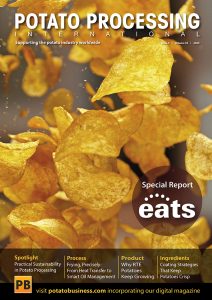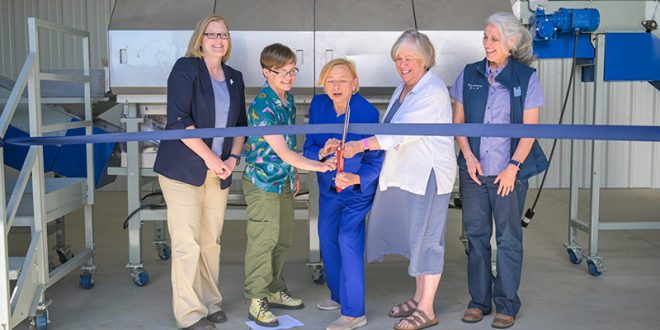New Late-Blight-Resistant Potato Variety CIP-Asiryq Offers Lifeline To Farmers

The International Potato Center (CIP) has introduced CIP-Asiryq, a new potato variety resistant to late blight — the same fungal disease that caused the Irish Potato Famine and continues to inflict between USD 3 billion and USD 10 billion in annual crop losses worldwide.
Developed in Peru through collaboration between CIP scientists, the Yanapai Group, and Indigenous farming communities, CIP-Asiryq demonstrates robust resistance to Phytophthora infestans, reducing the need for repeated fungicide treatments. In regions such as the Peruvian Andes, late blight can devastate entire fields, even at high altitudes previously considered less vulnerable.
According to CIP, fungicides can represent up to 25% of total production costs for smallholders. By requiring fewer chemical applications, CIP-Asiryq could lower input expenses while reducing environmental and health risks for growers.
The variety’s name means “hope” in Quechua, reflecting both its local origins and its potential global impact. It was bred using Solanum cajamarquense, a wild potato relative preserved in the CIP genebank in Lima — the world’s largest repository of potato genetic diversity.
“The new resistant variety gives potato farmers an option that can reduce losses, cut costs, and strengthen food security in Peru and around the world,” said Dr Stefan Schmitz, Executive Director of the Crop Trust.
Dr Thiago Mendes, a CIP scientist leading the Biodiversity for Opportunities, Livelihoods and Development (BOLD) potato pre-breeding project, noted that CIP-Asiryq meets both table and industrial processing standards. “Farmers in Huánuco noted its potential for both fresh consumption and processing, giving producers more flexibility to meet market demand,” he said.
In trials, the variety has shown promising frying characteristics that meet quality standards for potato chips, opening access to higher-value markets. Raul Ccanto, coordinator of the Yanapai Group’s agrobiodiversity program, added that “small-scale farmers will be happy to earn more by selling to this market and so will the processing companies.”
The breeding work draws on genetic material conserved under international treaties that allow CIP to share resistant germplasm with other national breeding programs. The same parent lines are already being used in Kenya to develop late-blight-resistant potatoes for the East African highlands.
By merging traditional knowledge with advanced pre-breeding techniques, CIP and its partners aim to deliver climate-resilient, market-oriented varieties capable of sustaining potato production in an era of rising disease pressure and shifting climatic conditions.

















